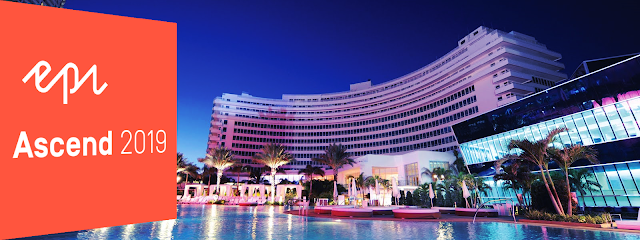It's easy to customize a FormContainerBlock by creating a new one inheriting from the out-of-box FormContainerBlock model. When doing this you gain the option of using the OOB container, or your new custom one. However, I have encountered numerous times when the OOB form container was no longer necessary for the project. Furthermore, attempting to use the OOB FormContainerBlock in certain areas created issues I had to account for. In several instances for me, the easiest approach was to hide the Optimizely FormContainerBlock from editors, and this is how I did it.
Thursday, September 30, 2021
Thursday, September 23, 2021
Optimizely Form Events using an Interface Pattern
Much like standard content items in Optimizely CMS, Forms trigger events that can be subscribed to for further customization. You typically subscribe to these events by employing an Initialization Module and attaching an event handler to process the logic you need for each event. This works well for the out-of-the-box Forms, but I have done enough customization of forms that I started employing an Interface pattern to clean it up. I use this same pattern for content events, so I thought I would share my forms approach.
Wednesday, September 22, 2021
Working with SyntaxHighlighter in Blogger Simplified - Updated
When I was first throwing this blog together I searched for the best approach to displaying code samples. Some people were using SyntaxHighlighter with some tweaks and troubles here and there; others said the simplest approach was to just create a GitHub Gist and copy the Gist embed URL into your post. The Gist approach seemed the simplest so I decided to go with that to start. Well, now that I tackled that with all the effort it took (none, seriously) I decided to try my hand at SyntaxHighlighter.
Monday, September 20, 2021
Stop Creating New Windows & Tabs When Debugging
By default, Visual Studio launches web applications in a new browser window when debugging. It also closes your browser window when you stop. While I prefer publishing my web applications locally, Optimizely runs well from Visual Studio, and it's easier to debug initialization modules and other items this way. However, when you want to leave the page or content open, this behaviour can get in the way. This is how you change that.
Monday, March 29, 2021
ContentArea with Groups of Personalized Content
Personalization is a powerful component in Episerver that can provide a cool, fresh, and tailored experience for users that visit your site. Leveraging different criteria and conditions in Epi, Visitor Groups provide a grouping mechanism for users to be served different content based on pages they've viewed, forms they've submitted, or campaigns they have arrived from, among various other criteria. It's a pretty nice piece of functionality that, if you haven't learned about yet, you should check out more about, here.
That said, Personalized Groups in Episerver serve content on a prioritized, top-down,
first-match basis. That means a visitor is served the first matching content item that is
tagged with a visitor group they're in. That also means you are limited to one piece of
changing content per Personalized Group for a user. But I needed more, and here are the solutions I explored.
Tuesday, November 12, 2019
Content and Growth are the Focus at Episerver Ascend 2019
Now that Ascend 2019 is over, these are a few of my takeaways:
Friday, June 21, 2019
Multiple Image Support in PropertyList
One of the challenges we faced was the customer's need for multiple images in the list, and those images not always sharing the same property name. As with the issue around default values, some of the data for this was being synchronized with an external system, so we needed to be flexible with the property names and the number of image properties that might be present in the list.
